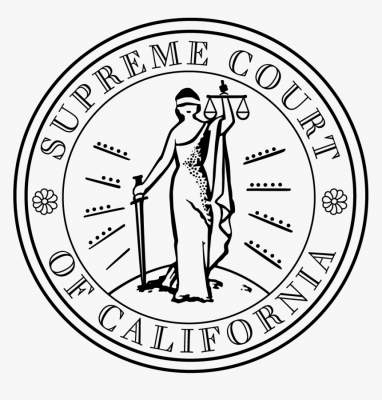SANTA ANA, Calif. – Human traffickers who believe they are communicating with a child instead of an undercover officer in an attempt to prostitute that child can face the maximum sentence allowed by California human trafficking law, the California Supreme Court ruled today.
The Supreme Court reversed the Fourth District Court of Appeal (DCA) decision in People v. Antonio Chavez Moses III. A jury convicted Antonio Chavez Moses III (16NF1413) of a violation of PC 236.1(c) where he attempted to traffic a minor who was actually an adult undercover officer.
In a published opinion, Judge Thomas J. Goethals reversed that conviction holding that the defendant could only have been convicted of a lesser charge given that the person Moses was targeting was an undercover police officer and not actually a minor.
The Orange County District Attorney’s Office sent a letter to the California Supreme Court asking the Court to review the case on its own, and the Supreme Court accepted that invitation.
In November 2012, California voters overwhelmingly passed Proposition 35 – Ban on Human Trafficking and Sex Slavery. Eighty-one percent of the voters supported Proposition 35 which increased prison sentences for human traffickers.
“We believed in this law all along, and we believed in the intent of California’s voters to increase penalties for human trafficking, including those who prey on children,” said Orange County District Attorney Todd Spitzer. “The Orange County District Attorney’s Office has been unwavering in its commitment to investigating and prosecuting human traffickers and protecting our children. The California Supreme Court unanimously interpreted a voter initiative in the way it was intended – to allow law enforcement to continue to have the strongest tools possible to combat child predators. Children across California will be safer as a result.”
Under Proposition 35, human traffickers can be sentenced to a maximum 12 years in state prison for completing the act of prostituting a minor. The Fourth District Court of Appeal ruled that because there was never a minor actually involved Moses could only be sentenced to a maximum sentence of six years in state prison.
The Supreme Court disagreed, stating “The electorate’s intent to ensure just and effective punishment of child predators is demonstrated by section 236.1, subdivision (f), which holds the defendant liable for targeting an actual minor victim even if the defendant believes the victim is an adult. There is no reason to conclude from the ballot materials that the electorate intended to impose lesser punishment on a defendant who intentionally targets a minor but fails in the attempt because the target is actually an adult. Given the initiative’s stated purpose, it is more reasonable to conclude that section 236.1(c) operates as a one-way ratchet to increase punishment for both such offenders.”
The California Supreme Court opinion can be found here:
https://www.courts.ca.gov/opinions/documents/S258143.PDF

